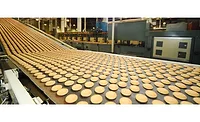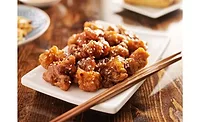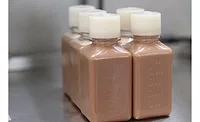Exclusive interview: Q&A with Kerry, on clean label food protection and preservation
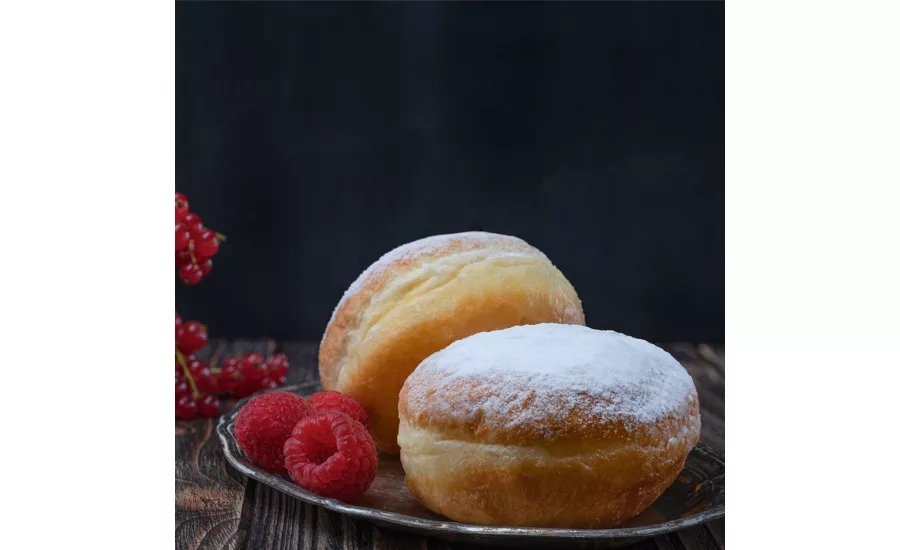

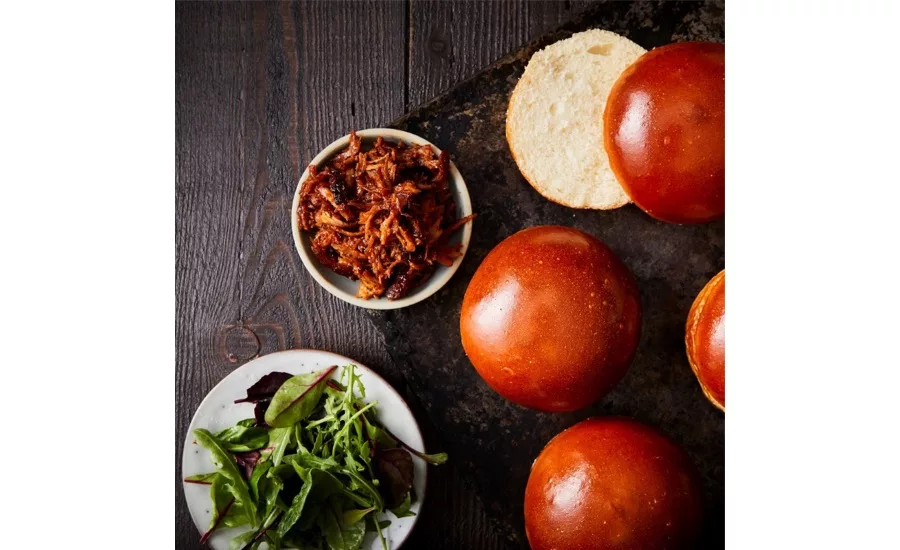
Food Safety Strategies recently was able to talk to a few leaders at Kerry about food protection. Executives quoted include Ann Husgen, business development director for food protection (North America) and Richie Piggott, vice president of business development for enzymes (North America).
Liz Parker: What is the best way to prevent food waste through the use of clean-label alternatives to synthetic food additives?
Ann Husgen: Food waste is no small matter: globally each year, it adds up to between a staggering one-third and one-half of all food produced, with an economic cost of $940bn to the world’s economy. Within this startling figure, the US represents some 40 percent, accounting for the highest per capita quantity of food loss worldwide. Viewed by category, meat has the highest overall value of waste, while it is baking that creates the largest volume of waste.
Extending the shelf life of food greatly helps reduce huge amounts of unnecessary food waste, both through the distribution channel and in the home. Reducing food waste also reduces energy usage, CO2 emissions and production costs, making products more sustainable and attractive to consumers while keeping them cost-competitive.
Recently, COVID-19 has led to an escalation of public concern around food safety, driven by consumer feelings of vulnerability triggered by the pandemic and facilitated by people simply having more time on their hands to read ingredient labels and research products. En masse, the public is now prioritizing health and wellness as they seek out natural and nutritious food.
Over the last few years, we have seen consumers actively working to eliminate products with unrecognizable ingredients—and in particular artificial additives—from their diets, replacing them with items that have shorter, more consumer-friendly labels. These consumers still want the functionality of artificial additives in their food in terms of safety and retaining product quality over a long shelf life, but increasingly they are demanding natural alternatives that are not associated with processed food—food they wish to avoid. This means there is a vital role to be played by clean label ingredients derived through traditional processes.
For the food industry, replacing the food-safety functionality of traditional artificial additives with consumer-friendly substitutes is a complex and multi-faceted challenge that requires a high level of expertise. Why? In short, it’s because keeping food safe is much more than just preventing spoilage: it involves protecting flavor, texture and color, as well as maintaining the overall quality of a final product over its shelf life.
Looking for quick answers on food safety topics?
Try Ask FSM, our new smart AI search tool.
Ask FSM →
As a result, there are many considerations snack and bakery manufacturers must contend with in seeking to remove synthetic additives, challenges that call for diligence in identifying clean-label replacements by considering both intrinsic and extrinsic factors. Intrinsic factors are those that are characteristic of the food itself, including moisture content, pH, biological structure, naturally occurring antimicrobials, etc. Extrinsic factors are those that refer to the surrounding environment—things like processing, packaging, storage and distribution.
Additionally, and of critical importance, is continued adherence to food-safety regulations, and these can differ significantly between countries, resulting in a situation in which a food item deemed safe in one country may not be deemed so in another. While these regulations can be complex to understand, adhering to them is of the utmost importance.
To meet this rising demand for clean-label food protection, Kerry has recently expanded its food protection offerings through a series of acquisitions. This means we now have the industry’s broadest and deepest portfolio of clean-label protection solutions.
These comprise five main building blocks (umbrella groups of ingredients): 1) fermentation metabolites; 2) vinegar-based solutions; 3) flavor systems; 4) protective cultures; and 5) functional plant extracts. Kerry continually validates different combinations in application as a means to continue identifying valuable, synergistic combinations. Kerry has its global technology innovation centers in which our applications, sales and research people work together to test and trial new combinations for customers that address their unique challenges in a timely and creative manner.
For customers, this means Kerry delivers optimal solutions across all food and beverage applications, whether for safekeeping, extending shelf life, cleaning up labels, meeting regulations and certifications, elevating taste and color, and maintaining texture.
LP: What are some enzyme products that can improve shelf life?
Richie Piggott: Among many baking examples, specific amylase enzymes can release sugars from the starch in flour to generate sugars the yeast can then utilize to optimize bread volume. Similarly, lipase enzymes can modify fats and lipids to form emulsifiers that help dough handling and bread texture. Maltogenic amylase is used to slow the loss of moisture and the recrystallisation of starches in bread, thereby slowing down the “staling” process.
With attributes such as these, enzymes are sought-after for their shelf-life extension abilities and specific product enhancement properties. Even further in their favor, enzymes are adept at speeding up reactions and are considered star performers in terms of sustainability improvements. By optimizing several processes, the benefits accrue: less water and energy used; dough retard and refrigeration time reduced; and shorter production time overall.
Take Kerry’s Biobake enzyme range specifically. Its attributes enable it to more than double the textural shelf life of fried baked goods (such as donuts and Berliners) while maintaining desired softness and texture. In addition, production costs and waste can be cut with no changes to the label or nutritional profile of the product. In one test, the soft quality of donuts was maintained for 15 days—more than double the previous 7 days!
As consumer support for sustainable and ethical brands continues to grow, being able to produce high-quality goods with optimum shelf life—and do so in a sustainable and cost-effective manner—remains high on the priority list around the globe.
LP: How can clean-label enzymes replace additives in baking?
RP: Enzymes are powerful tools for the food and beverage industry that can enhance products and extend shelf life. Other strengths include their natural origins, proven safety, efficiency and specificity, all of which make them extremely useful in a range of diverse industries.
By their very nature, enzymes act as catalysts to facilitate natural biochemical reactions. This brings about an additional benefit: skillfully applied during the food production process, they can deliver a whole range of critical improvements. In one tangible example, a cracker manufacturer utilized enzymes to lower food waste by 20 percent, increase line efficiency to 90 percent, reduce dough development time by 50 percent, decrease energy and water consumption, and improve product consistency to achieve a desired color and crispness.
Furthermore, the vast majority of enzymes used in food manufacturing are considered “processing aids”; this means most qualify as clean-label solutions, with no requirement to be listed on ingredient labels.
LP: What are the details of China’s campaign to stop food waste in their country?
RP: Globally, we waste 1.3 billion tons of food each year, enough to feed 3 billion people. While a startling statistic, what is most striking is that this happens at the same time as approximately 690 million people went hungry in 2019 —up by an incredible 10 million from 2018 —with over 130 million people expected to experience chronic hunger by the end of 2020. Every year, millions of people die of hunger. (WHO, 2020, link)
The United Nations, in its Sustainable Development Goals (SDG, approved five years ago), recognized the problem of food waste and, in its SDG goals, created a target completely focused on reducing food loss and waste. UN SDG 12.3 calls on the world to halve per capita food waste by 2030. While significant progress has certainly been made and many countries and companies have reported progress toward their target objectives, there continues to be much more to do.
China, which has reported that 50–70 percent of its overall waste burden is food-related, recently launched its “Clean Plate 2.0” campaign that aims to reduce the volume of food waste. Under this campaign, Chinese consumers are being asked by their government to order less food in restaurants when possible, and to be sure to eat all of the food they do order.
Food waste also carries a high environmental cost: it wastes land, water and energy, along with many other resources required for production. This makes food waste a key contributor to climate change.
With our global population expected to reach nine billion by the late 2030s and a projected 60 percent increase in food supplies required to feed the planet’s population, we simply must reduce the amount of food wasted—and we must approach this important task with a great sense of urgency.



